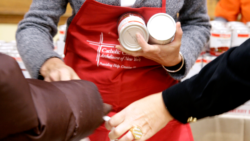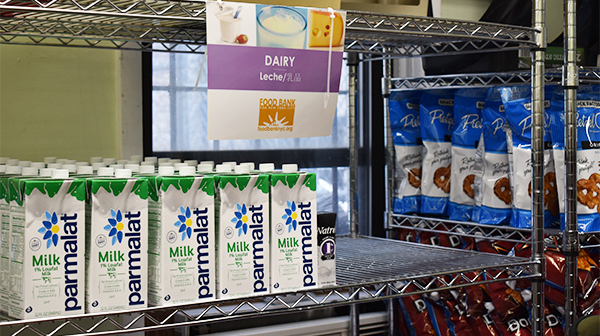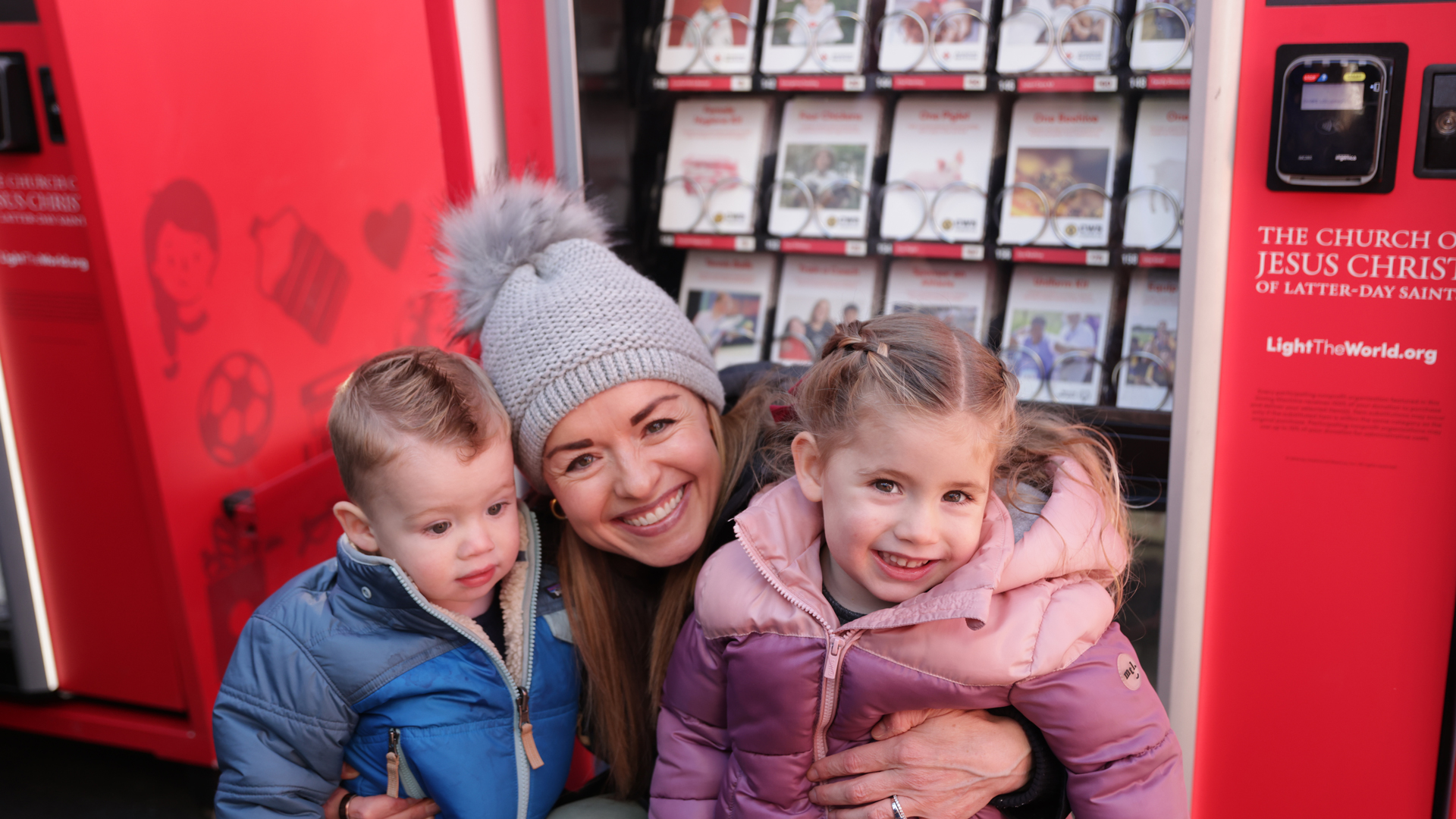SNAP, the Supplemental Nutrition Assistance Program, is changing. In December, the current administration announced a new rule that would limit States’ ability to set eligibility requirements, instead applying federal work requirements to qualify for SNAP benefits.
The first attempt at a Food Stamp program began back in 1939. It was designed to allow citizens to buy “surplus” foods at a reduced rate based on how much full-rate groceries they purchased. Though the 1939 plan didn’t last, President Kennedy was able to revive a version of it in 1961. That version ultimately became the Food Stamp Act of 1964. It was designed to strengthen agriculture, provide improved nutrition among low-income households, and allow states to set their own eligibility standards.
SNAP (as the Food Stamp Act came to be known) became a means of ensuring that no American ever had to be severely hungry or undernourished. According to feedingamerica.org, “SNAP, in conjunction with food banks, community groups, churches and volunteer organizations, collectively helps strengthen communities by providing the fuel and nutrition people need.”
SNAP supports nearly 10 million families nationwide, but there are some misconceptions about it and how it functions.
4 out of 5 SNAP recipients have jobs
Four out of Five SNAP recipients work low-wage jobs or jobs that have inconsistent availability. When data on SNAP participants’ is looked at, it shows workers earning low wages are frequently in and out of work and so are on and off SNAP as their earnings fall and rise. Most low-income, non-disabled adults work, often with interruptions, and so are more likely to participate in SNAP when they are not working. For the small share of participants who are unable to work, SNAP is a vital way for them to buy groceries.
Administering SNAP meets high ethical standards
The earliest form of the food stamp program was plagued with corruption and mismanagement. Current SNAP operates very efficiently with 92% of all funding going directly to food for qualified beneficiaries.
SNAP helps farmers
The USDA has shown that SNAP also helps keep up demand for farm products and food, thereby boosting growth and jobs.
Food Stamps can’t be used to buy non-nutritional items
A handful of states operate a SNAP Restaurant Meal Program, but they only allow elderly, homeless, and disabled persons to purchase ready-to-eat foods. SNAP benefits can be used to buy baby formula, but NOT other household items (soaps, paper products, pet foods, alcohol or nicotine products). The focus is on nutritional support.
Fewer people are relying on SNAP already
SNAP caseloads have been falling by bigger and bigger degrees since 2013. Since then, more than 7 million people have voluntarily come off of the program. This is evidence that SNAP works as a means of getting people through difficult times and encouraging self-reliance.
By the administration’s own estimates, their new ruling will make 700,000 more people disqualify for SNAP before they are ready. This is why fourteen states, New York City and the District of Columbia have sued the Trump administration to block the new rules from going into effect this April.
Catholic Charities feeds the hungry
Food, shelter, clothing and fuel are the four essentials to life Henry David Thoreau identified. Catholic Charities of New York has always provided food support to hungry New Yorkers and always will, regardless of what other support is or is not available publicly. CCNY operates food banks from New York City through the Hudson Valley. It keeps food pantries in operation and collaborates with agencies like the NYC Coalition Against Hunger. Catholic Charities’ Feeding Our Neighbors program helps to support local pantries, like that operated at the St. Augustine location in the Bronx. Click on our google map below to find a location near you.
No one can ever be independent and self-reliant if they don’t know where their next meal is coming from.












